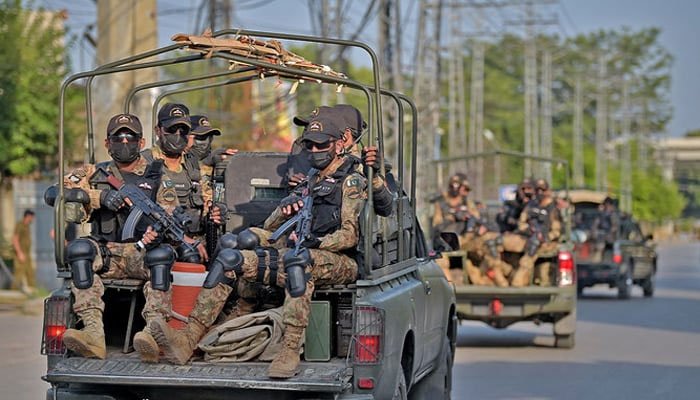Millions of electricity consumers across Pakistan are set to face a steep hike in their monthly power bills starting next month, as several relief measures under the Prime Minister’s Affordable Electricity Package will expire by the end of July.
The expiration of these subsidies which had helped shield domestic users from the full impact of high energy prices will lead to significant increases in unit rates, directly affecting household budgets and raising inflationary pressure.
Multiple Reliefs Set to Expire by Month-End
Sources in the Power Division confirm that several major relief components will no longer be available from August 2025 onward. Chief among them is the Rs. 1.55 per unit relief under the third quarter adjustment of the last fiscal year, which officially ends this month.
This follows the earlier termination of:
- Rs. 4.51 per unit relief, including Rs. 3.61 per unit specifically for Karachi consumers
- Rs. 1.90 per unit subsidy under the second quarter adjustment
- Rs. 1.71 per unit reduction in the petroleum levy
- 90 paisa per unit discount under the Retained Fuel Charges Adjustment (FCA) for DISCO users
While partial relief under other quarterly adjustments and petroleum levy remains active, officials confirm that these are also being gradually phased out.
READ MORE: Pakistan IT Exports Hit $4 Billion in FY25
April Subsidies Already in Decline
Back on April 3, Prime Minister Shehbaz Sharif had announced a bold Rs. 7.41 per unit reduction in electricity prices for domestic users. However, most of that relief has now eroded. As of July, the only remaining active cuts are:
- Rs. 1.16 per unit in base tariff reduction
- 50 paisa per unit cut in monthly adjustments for DISCO consumers
These too are subject to review and could disappear altogether by August, leaving consumers fully exposed to the actual generation and distribution costs.
How Much Will Bills Increase?
The expected electricity price increase next month in Pakistan could raise residential bills by Rs. 6 to Rs. 8 per unit depending on usage and region. That means:
- Households using 300–500 units may see a Rs. 1,500–2,000 jump
- Consumers exceeding 700 units could face increases over Rs. 3,000
- Commercial and industrial users will also be affected by fuel and peak-hour adjustments
These adjustments come as part of Pakistan’s commitment to the International Monetary Fund (IMF) under the $7 billion Extended Fund Facility (EFF), which demands cost-reflective pricing to reduce circular debt — currently above Rs. 2.6 trillion.
Public Reaction: Anger and Anxiety

The announcement has triggered widespread concern among working-class families, salaried employees, and small business owners. The rising inflation, already at 22%, is pushing more households toward financial instability.
Amna Malik, a bank employee in Lahore, said, “I already pay over Rs. 12,000 a month in electricity bills. This new hike will leave me with nothing after rent and groceries.”
Labor unions and opposition parties have announced they will protest if the government does not introduce targeted support or reconsider the price increases.
Any Relief Measures Ahead?
While the government says it is reviewing relief options for the most vulnerable, no concrete plan has been finalized. Options under discussion include:
- Continued subsidies for lifeline users (under 100 units)
- Installment-based payment plans for high bills
- Expansion of cash transfers via BISP to help low-income families cope
Analysts warn that these stop-gap measures won’t be enough to offset the impact of the massive price hike on middle-income households.
The electricity price increase next month in Pakistan will likely mark one of the most significant utility cost surges in recent memory. With multiple relief programs ending and further hikes on the horizon, consumers are bracing for even tougher times ahead.
Unless the government introduces meaningful and widespread relief or structural reforms, the rising cost of electricity could add new layers to the economic pressure facing millions of Pakistanis.





